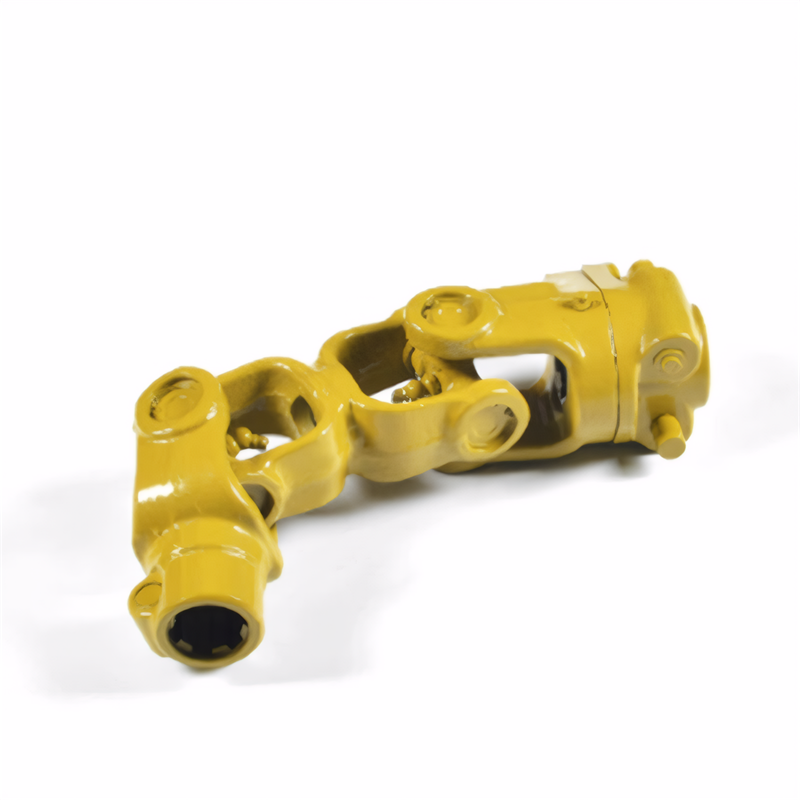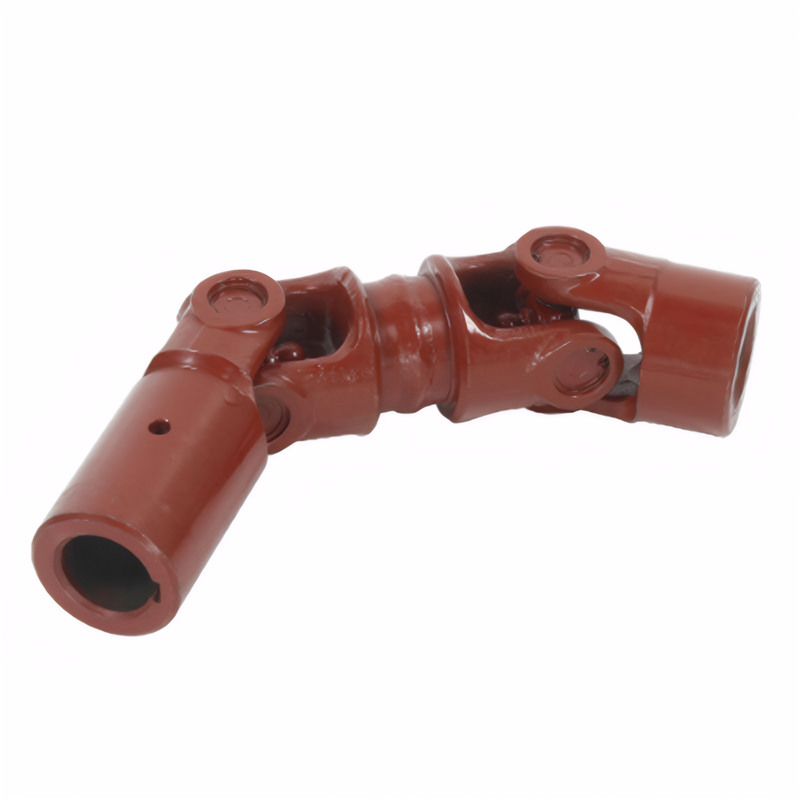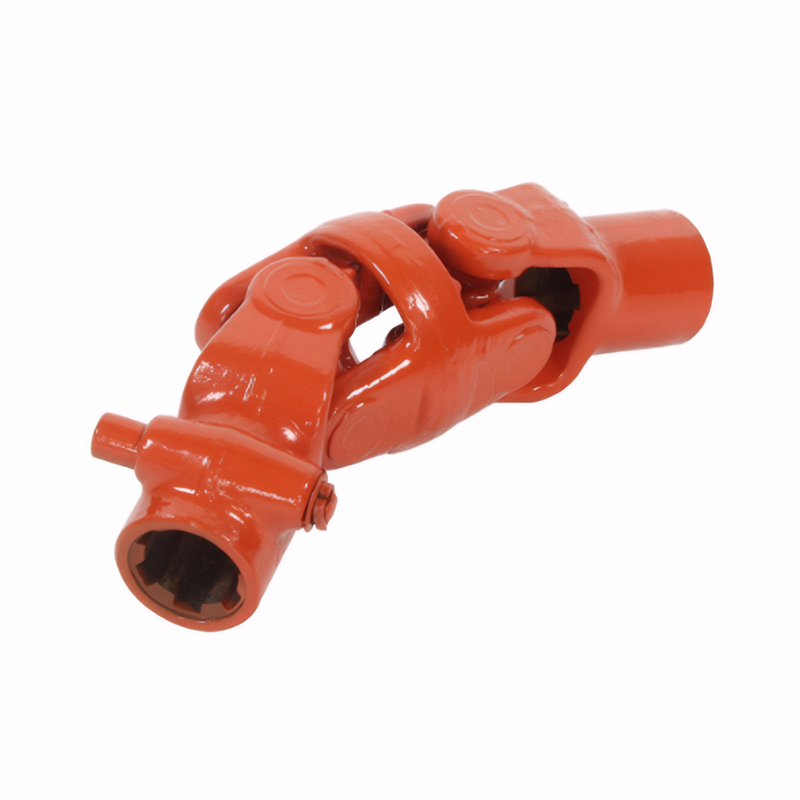The repair method for the flange of the drive shaft
Repair Methods for Transmission Shaft Flanges
Transmission shaft flanges are critical components that connect the shaft to other parts of the drivetrain, ensuring smooth power transmission. Over time, these flanges can suffer from wear, corrosion, or damage, leading to performance issues. Here are some effective repair methods for transmission shaft flanges.
Laser Cladding Repair
Laser cladding is an advanced repair technique that involves depositing a layer of material onto the damaged surface of the flange using a high-energy laser beam. This method offers several advantages:
Precision and Control
Laser cladding allows for precise control over the thickness and shape of the deposited layer, ensuring a smooth and even surface finish. This precision helps restore the flange's original dimensions and improves its overall performance.
Material Compatibility
The laser cladding process can use a variety of materials, including different types of alloys, to match the original properties of the flange. This ensures that the repaired flange can withstand the same stresses and loads as before.
Minimal Heat Affected Zone
Compared to traditional welding methods, laser cladding generates less heat, reducing the risk of thermal distortion or damage to the surrounding areas. This minimizes the need for post-repair machining and ensures a more durable repair.
Repair Process
- Preparation: Clean the flange thoroughly to remove any dirt, grease, or rust. Measure the extent of the damage to determine the amount of material needed for repair.
- Laser Cladding: Use a laser cladding machine to deposit the chosen material onto the damaged area. Monitor the process closely to ensure a uniform layer thickness.
- Post-Processing: After cladding, perform any necessary machining or grinding to achieve the desired surface finish and dimensions.
Machining and Resurfacing
For flanges with minor wear or surface damage, machining and resurfacing can be an effective repair solution:
Surface Preparation
Begin by cleaning the flange and inspecting it for any cracks or deep gouges. If the damage is superficial, proceed with machining.
Machining Process
Use a lathe or milling machine to remove a thin layer of material from the flange surface. This process helps eliminate any irregularities and restores a smooth, flat surface.
Resurfacing
After machining, the flange may require resurfacing to achieve the correct thickness and parallelism. This can be done using a grinding machine or a lapping process, depending on the required precision.
Considerations
- Ensure that the machining process does not remove too much material, as this can weaken the flange.
- Verify that the resurfaced flange maintains the correct bolt hole pattern and alignment with other components.
Welding and Rebuilding
In cases where the flange has significant damage, such as cracks or broken sections, welding and rebuilding may be necessary:
Welding Preparation
Clean the damaged area thoroughly and remove any loose debris or rust. Use a suitable welding procedure and filler material that matches the base metal of the flange.
Welding Process
Perform the welding operation carefully, ensuring proper penetration and fusion of the filler material with the base metal. Use multiple passes if necessary to build up the damaged area.
Rebuilding
After welding, use machining or grinding to shape the rebuilt section to match the original flange dimensions. This may involve creating new bolt holes or restoring the flange's overall geometry.
Precautions
- Welding can introduce residual stresses into the flange, which may require stress relieving through heat treatment.
- Ensure that the welded area is inspected for any defects, such as porosity or cracks, before putting the flange back into service.
 Accuracy requirements for the
Accuracy requirements for the
 Selection of universal joint t
Selection of universal joint t
 Standard for coaxiality error
Standard for coaxiality error
 Requirements for the surface r
Requirements for the surface r
 简体中文
简体中文 English
English
